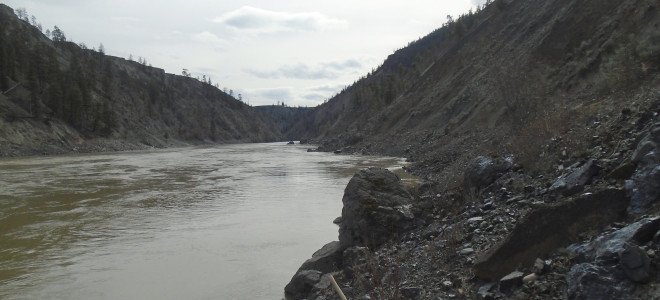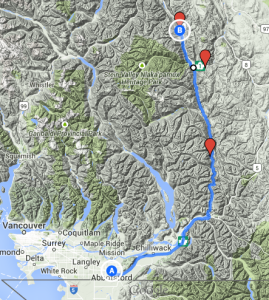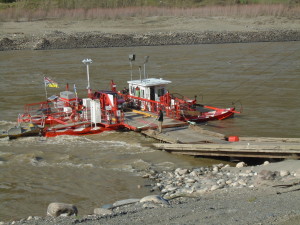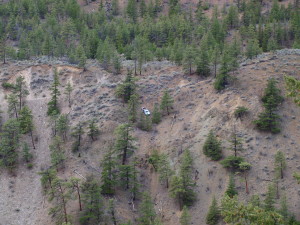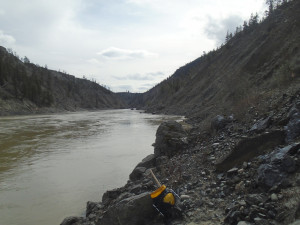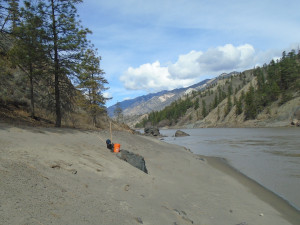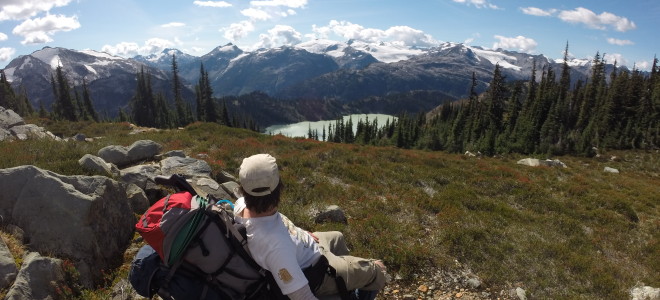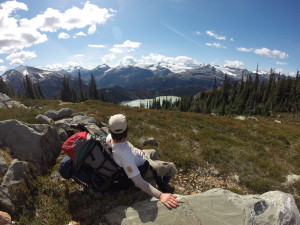If you are trying to find gold it helps to know where it came from.
To start with there is only one kind of gold. Placer gold and lode gold both come from the same place and are made of the same stuff. Gold is not actually formed on earth it was formed millions of years ago in distant stars. In large stars, much larger than our sun elements are combined together in their cores through the process of nuclear fusion. Our sun like all stars runs on fusion too but it does not have enough mass to produce atoms larger than carbon or oxygen. Larger stars can generate the gravitational force and heat in their cores necessary to produce elements as heavy as iron. To create things like gold even more energy is required and that takes place in a supernova.
When a large star runs out of light matter the fusion reaction is no longer sustainable and the star begins to collapse on itself very rapidly. The supernova collapse takes place in a matter of seconds. While the star is collapsing it produces heat very rapidly and explodes in what is essentially a humongous nuclear bomb. Supernova events are so bright and powerful that they are brighter than then entire galaxy that hosts the star. This nuclear explosion allows for higher energy fusion reactions that can produce heavy elements like gold. The explosion also scatters the newly created material over great distances.
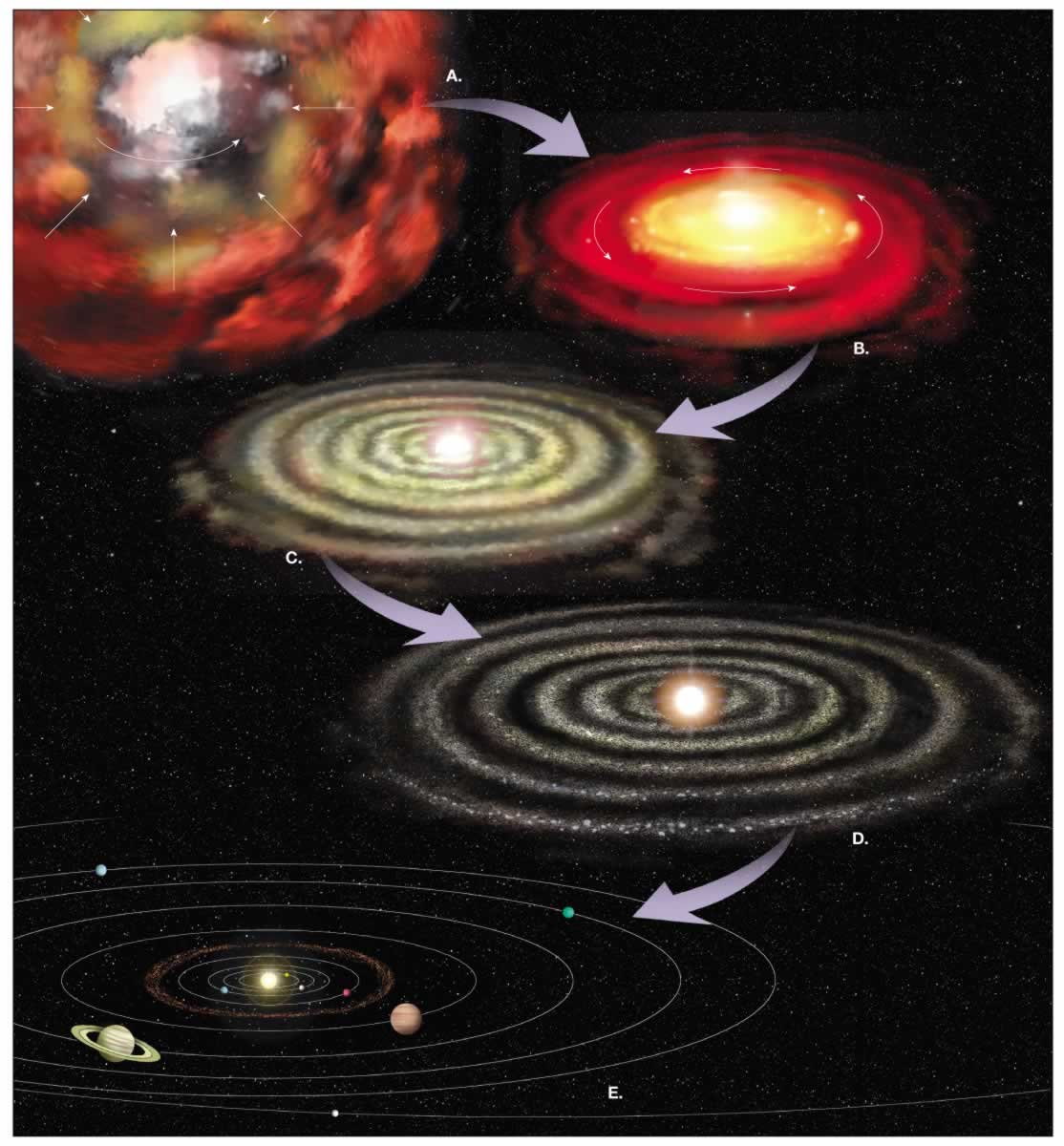
So how did the star dust make it into the mountains and rivers on earth? When our solar system began approximately 4.6 billion years ago it was a cloud of dust and gas called a nebula. This nebula was composed of the remains from older stars that had spread their guts around the universe in supernova explosions. The molecules of the nebula naturally pulled on each other by the force of gravity growing more and more dense. As the nebula was collapsing in on itself it also started to spin faster and faster. The condensing and spinning action formed the nebula into a disk, much like you spin dough into a pizza. In the center where the force of gravity is the strongest a new star was created, our sun. The swirling mass around the sun clumped together into the planets, moons, asteroid and comets that we see today.

The early solar system was different that it is today. The big planets did not form all at once, it was a gradual process. Small plantoids formed first and crashed and coalesced into each other to form larger planets. In theory the distribution of gold was basically even in all the rocky material that made up the early solar system. In the early earth, while it was still completely molten the heavy material (such as iron and precious metals like gold) all sunk to the center of the planet to form the core. The process is similar to the way that dense material sinks to the bottom of your gold pan. If you could mine the core you would be very rich but it would be very difficult with current gold mining equipment. Current scientific theories estimate that there is enough gold in the core to cover the surface of the earth with a 4 meter thick layer of pure gold.
We can only reach gold that is trapped in the crust of the earth. The precious metals in the crust were put there by meteor bombardments that took place after the crust had formed. As these meteorites crashed into the surface of the earth they disintegrated and mixed their material into the upper mantle. The meteorite guts had the effect of enriching the amount of precious metals in the crust.
So we know where gold came from and how it was formed. Stay tuned for a future post to learn how the gold formed into deposits in the mountains and streams that we mine.
Check out Part 2 & 3 here:

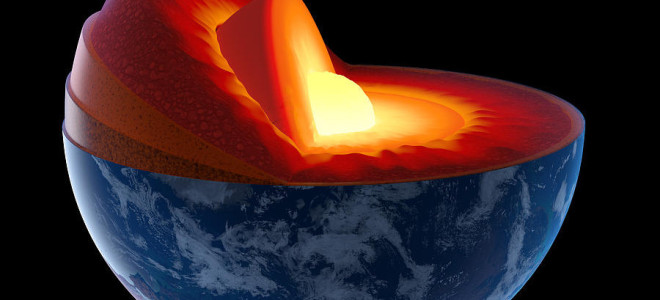


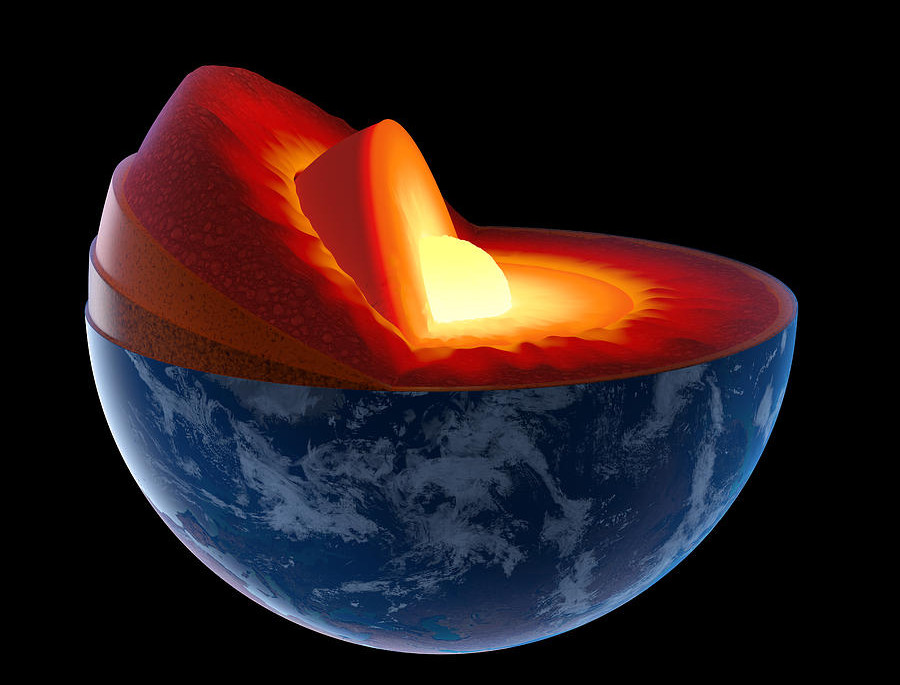
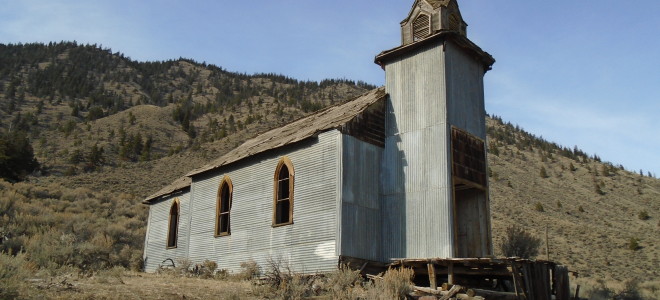
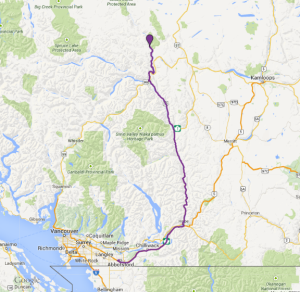
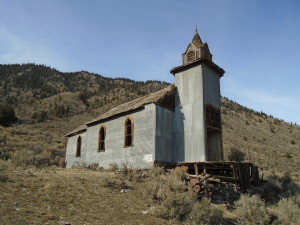
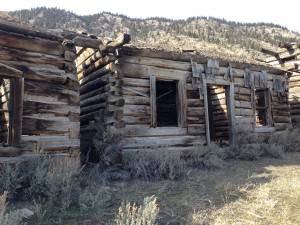
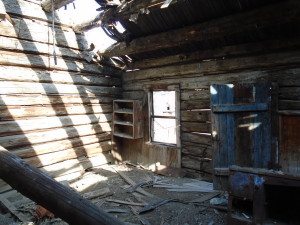
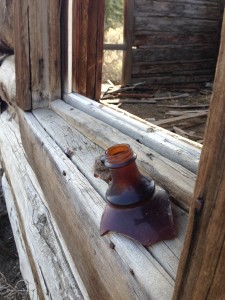
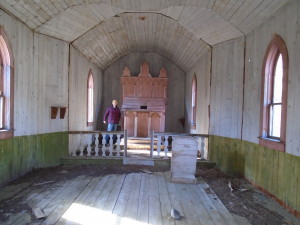
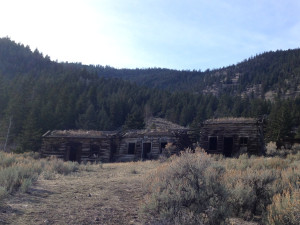
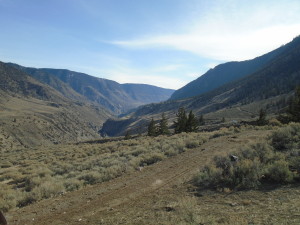

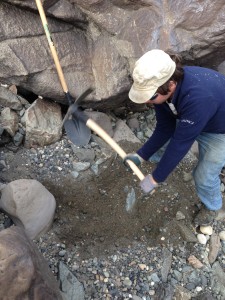
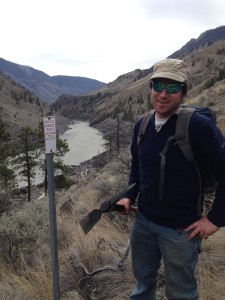
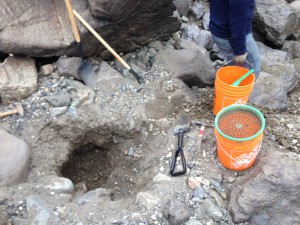

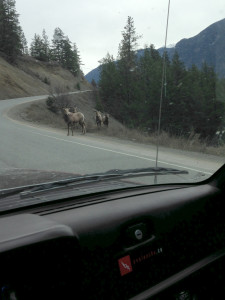
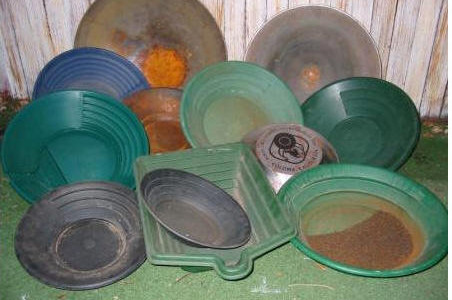

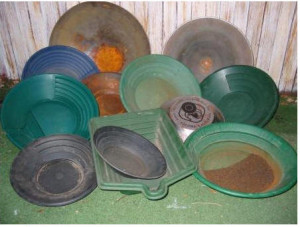
 I have three of these pans and they work great. The big riffles make it easy to move lots of material. The gravity trap in the bottom holds fine gold very well. They are tough! I have fallen on them and dropped them down rock faces and they do not crack. Also the green color makes gold extra visible.
I have three of these pans and they work great. The big riffles make it easy to move lots of material. The gravity trap in the bottom holds fine gold very well. They are tough! I have fallen on them and dropped them down rock faces and they do not crack. Also the green color makes gold extra visible.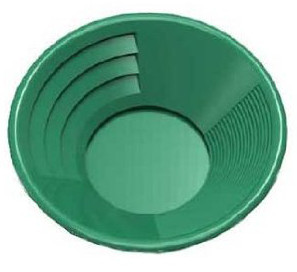 have a couple of these smaller pans that I use for cleaning up samples and panning small amounts of material. This is a versatile pan, the large riffles work well when you have the pan full. I use the smaller riffles most of the time for fine panning. This pan also has a trap in the bottom like the Garrett and a similar green color.
have a couple of these smaller pans that I use for cleaning up samples and panning small amounts of material. This is a versatile pan, the large riffles work well when you have the pan full. I use the smaller riffles most of the time for fine panning. This pan also has a trap in the bottom like the Garrett and a similar green color.